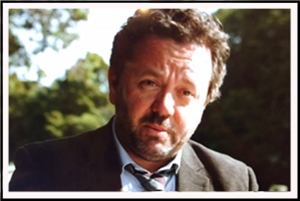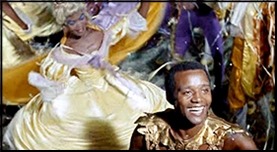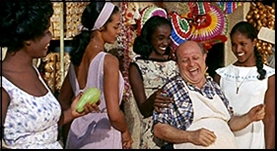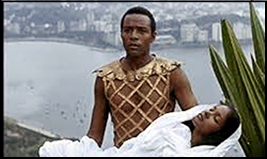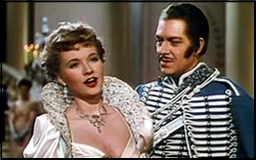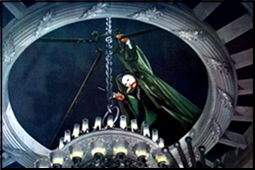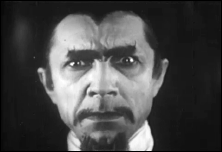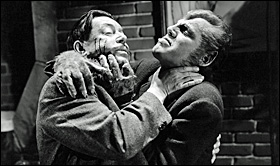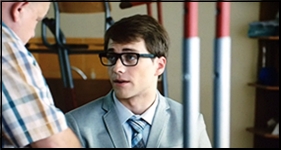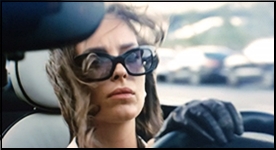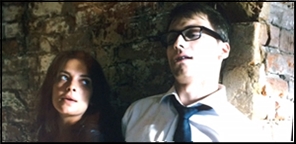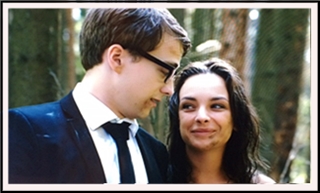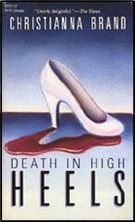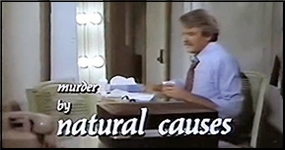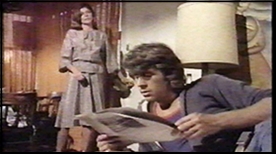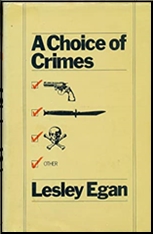Sun 1 Nov 2020
A TV Episode Review: THE BROKENWOOD MYSTERIES “Blood and Water” (2014).
Posted by Steve under Reviews , TV mysteries[13] Comments
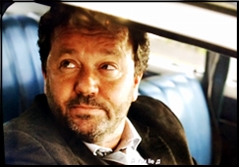
THE BROKENWOOD MYSTERIES “Blood and Water.†Prime, New Zealand. 28 September 2014 (Season 1, Episode 1).. Neill Rea (Detective Senior Sergeant Mike Shepherd), Fern Sutherland (Detective Kristin Sims), Pana Hema Taylor, Cristina Ionda, and a large remaining ensemble cast. Writers: Tim Balme (also creator) & Philip Dalkin. Director: Mike Smith. Currently streaming on Acorn TV via Amazon Prime Video.
When an elderly man who has been grieving the death of his wife for several years is found drowned below the bridge he came to on the same date every year, the immediate assumption is that he committed suicide. But why then, has Auckland almost immediately sent Det. Sgt. Mike Shephard (Neill Rea) to the small town of Brokenwood to investigate?

With the head of the small local police force stepping out of the picture in deference to Shepherd, it is up to Detective Kristin Sims to deal with Shepherd’s brusque and often unorthodox approach to police work, but (to no viewer’s surprise, including mine, nor should it) she gradually and begrudgingly learns that Shepherd really does know what he’s doing.
As Mike Shepherd, Neill Rea is really the star of the show, which has been on now for six seasons of four two-hour episodes each. (It comes as no surprise that at the end of the first episode Shepherd has decides to stay on, having come to appreciate the advantages of living and working in a small town filled with quirky characters.) He is overweight, scruffy, has an unspecified number of ex-wives – he admits to three, maybe four – but possesses a quick mind that is always working.
The detective work is better than average, the setting is often beautiful, but it’s the people in the stories that follow that will have me coming back often, I’m sure.
